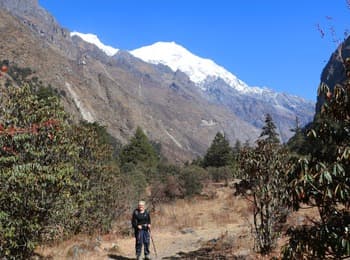The Langtang Trekking Region, Nepal's third most popular trekking destination, offers an accessible and relatively unspoiled adventure within the Langtang National Park. Renowned for its resilience and recovery, the region combines stunning alpine scenery with rich cultural experiences. Highlights include trekking through the beautiful Langtang Valley to the village of Kyanjin Gompa, making a pilgrimage to the sacred Gosainkunda lakes, and exploring the unique culture along the Tamang Heritage Trail. With panoramic views from passes like Laurebina La (4620 m) and a variety of trek options from short Helambu hikes to the challenging Ganja La Pass, Langtang provides a deeply rewarding experience with fewer crowds.
Langtang Trekking
Langtang Trekking - 4 Itineraries




